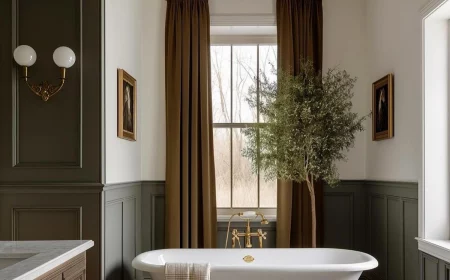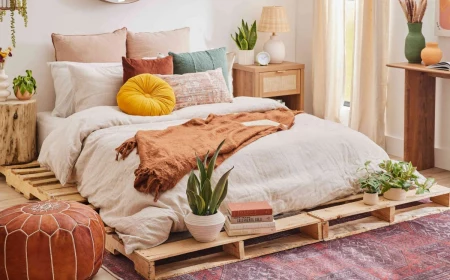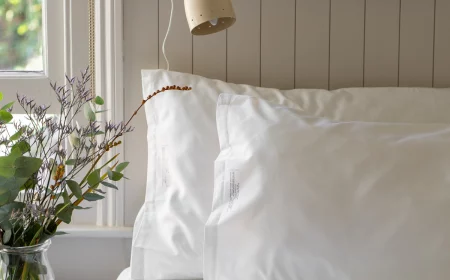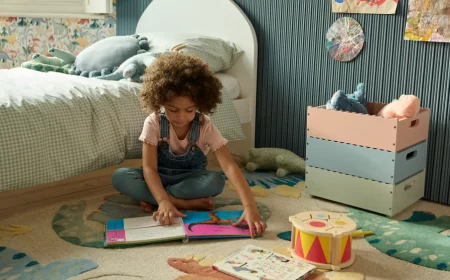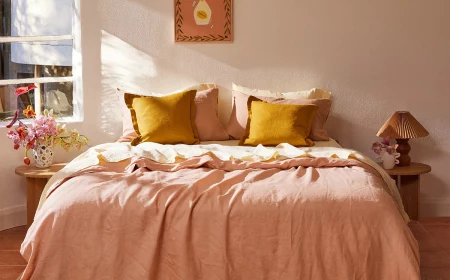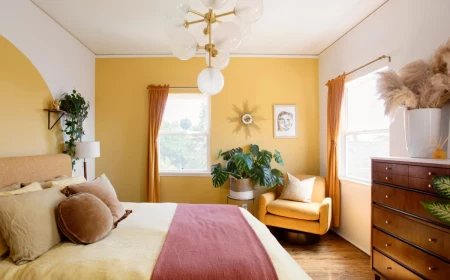A Designer’s Guide to a Bedroom That Actually Helps You Sleep
You know, after more than a decade in interior design, I’ve noticed a real change. It used to be that clients wanted a ‘beautiful’ bedroom. Now, they just want a room where they can actually sleep. They show up tired, scrolling through photos of stylish rooms that don’t fix the real issue. They have the cool furniture, but they’re still waking up exhausted. And that’s because a room built for restorative sleep is about so much more than just looks. It’s a science, and honestly, it’s become my favorite problem to solve.
In this article
I once worked with a corporate lawyer who had all the fancy sleep gadgets. A smart mattress, a tracking ring, one of those expensive sound machines… you name it. But he was running on maybe four hours a night. His bedroom looked perfect, like it was straight out of a magazine, but it was an absolute minefield for his nervous system. He had glass-fronted closets staring back at him with his work suits, a glaring blue LED alarm clock, and flimsy curtains that did nothing to stop the streetlight from pouring in.
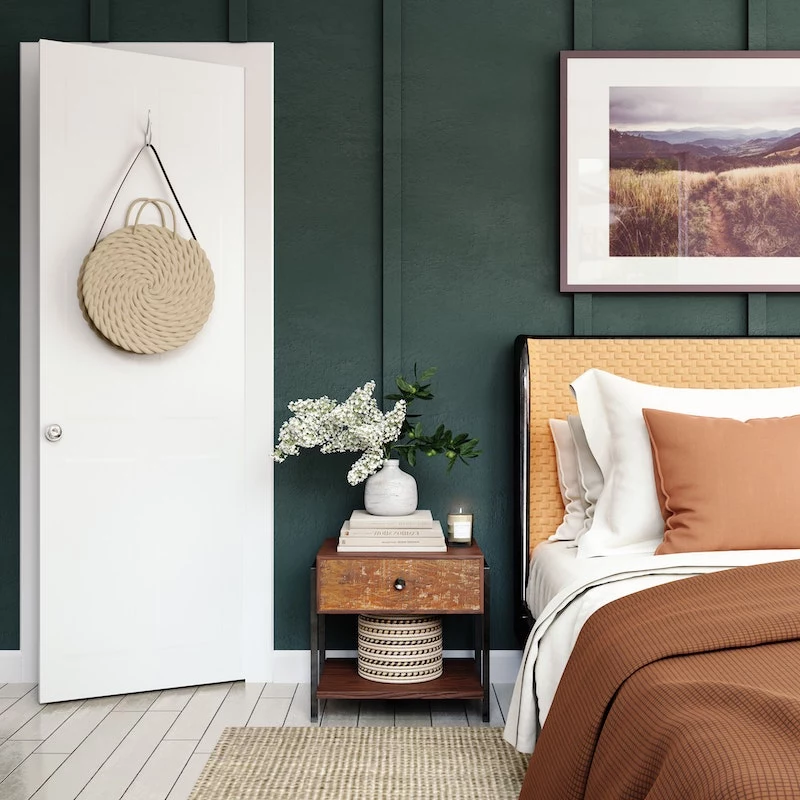
We didn’t buy a single new piece of furniture. Instead, we just focused on getting control of his environment. A few months later? He was consistently hitting seven hours of sleep. That whole experience drove it home for me: the fundamentals are what really matter.
This isn’t about dropping a ton of cash. It’s about making your bedroom work with your body’s natural programming. We’re going to cover the big five: light, sound, temperature, air, and the psychology of the space. These are the exact techniques I use with my clients, so you can turn your bedroom from just a room into a genuine sanctuary.
Why Your Room’s Design Matters to Your Body
Before we even think about moving a pillow, let’s get into the ‘why.’ Your body is an ancient piece of hardware, programmed to react to its surroundings. A well-designed bedroom speaks its language. Once you get this part, every choice you make, from curtains to light bulbs, will suddenly make a lot more sense.
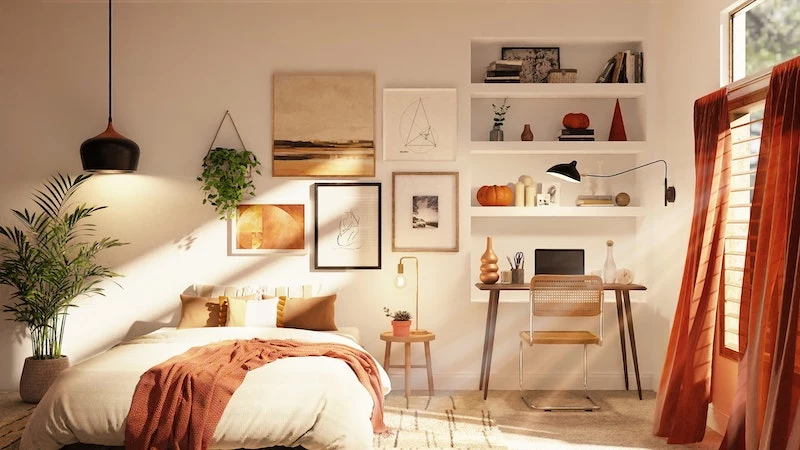
- Light & Your Brain: Light is, without a doubt, the most powerful sleep signal. Your brain has a master clock that controls your sleep-wake cycle, and its main cue is light. When bright light (especially the blue kind from screens and the sun) hits your eyes, your brain slams the brakes on producing melatonin, the hormone that makes you sleepy. The problem? A bright overhead light at 10 p.m. is screaming “It’s daytime!” to your brain. Our goal is to manage light to help melatonin do its job.
- Temperature & The Sleep Switch: Did you know your body temperature needs to drop by a couple of degrees to initiate sleep? It’s a key trigger. If your room is too warm, you’re fighting against your own biology. Sleep experts are all pretty much in agreement that a cool room—right around 65°F (or 18°C)—is the sweet spot for helping your body do its thing.
- Sound & Rest Disruption: Even when you’re out cold, your brain is still listening. A sudden noise, like a car horn or a door slamming, can cause a micro-arousal. You might not even remember it, but it yanks you out of deep, restorative sleep into lighter stages. The goal isn’t impossible silence, but a steady, consistent soundscape that masks those sudden jolts.
- Air Quality & Nightly Repair: We spend a huge chunk of our lives breathing the air in our bedroom. In a sealed room, the CO2 you exhale builds up overnight, which can lead to grogginess and headaches. On top of that, things like new furniture, paint, and even some air fresheners release chemicals called VOCs that can irritate your system. Clean, fresh air is a non-negotiable for your body’s nightly repair crew.
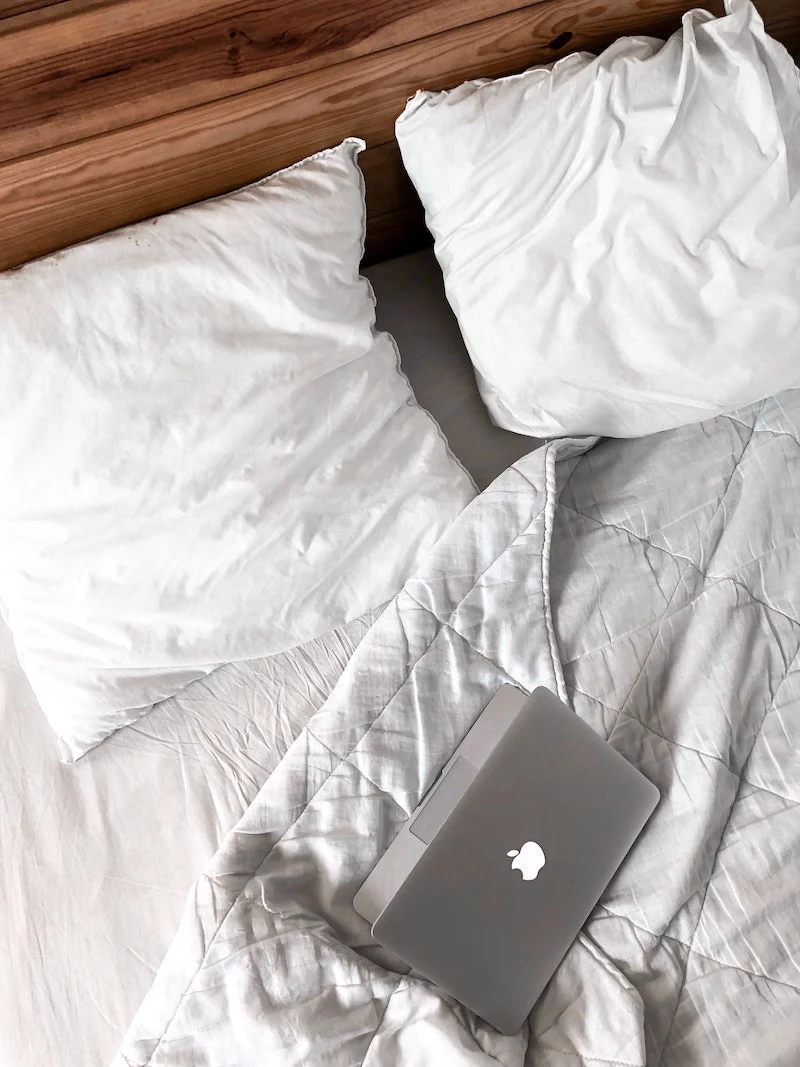
Getting Serious About Light Control
Honestly, if you only do one thing, make it this. Managing light is the single most effective change you can make for your sleep, and it’s where I always start.
The Right Way to Blackout Your Windows
So many people make the same mistake: they buy a pair of so-called “blackout” curtains, hang them on a standard rod, and then get frustrated by that annoying “halo” of light that bleeds in from the top, bottom, and sides. The pro approach is all about layering.
A good, budget-friendly place to start is with a simple blackout roller shade mounted inside your window frame. You can find these for around $50 at places like Home Depot or online. Then, hang your decorative curtains over that.
If you want to take it a step further for a much better result, use a blackout cellular shade (also called a honeycomb shade). They’re more expensive, usually between $80 and $150, but their pocketed design adds a fantastic layer of insulation against heat and cold. The key is to pair this with a wraparound curtain rod, which costs about $40 to $80. These rods curve back at the ends, letting the curtain touch the wall and killing that side-light halo. Make sure your curtains are wide enough to go at least 6-8 inches past the window frame on each side and long enough to just kiss the floor.

And for the ultimate, pitch-black experience—I’m talking to my shift workers and super light-sensitive folks—the gold standard is light-blocking side channels. These are custom-fitted tracks that your shade slides into, creating a near-perfect seal. It’s a pro-level solution and you should budget $500 or more for a specialist to install them, but it is unbeatable.
Renter-Friendly Fix: Can’t drill holes? Look into removable blackout window film. It’s a static-cling film you cut to size and stick directly to the glass. It’s cheap, effective, and peels right off when you move.
Taming Your Indoor Lighting
Just as important as blocking outside light is managing the light inside. One bright, central overhead light is the arch-nemesis of a good wind-down routine.
- Put Everything on a Dimmer: This is non-negotiable in my book. Every single light in your bedroom needs a dimmer. This lets you mimic a natural sunset by gradually lowering the light levels in the evening. If you’re renting, you can get the same effect with smart bulbs, like the Philips Hue system. You can control their brightness and color from your phone—no electrician needed. A starter kit runs about $70.
- Get Warm Bulbs: Check the box for the bulb’s color temperature, measured in Kelvins (K). You want bulbs rated at 2700K or lower. They give off a warm, cozy, yellowish glow, not that harsh, brain-alerting blue-white light of a 5000K “daylight” bulb.
- Your 5-Minute Sleep Win for Tonight: Grab a roll of black electrical tape. Go around your room and cover every single one of those tiny LED indicator lights. The one on your TV, your power strip, your phone charger. You’ll be absolutely shocked at how much ambient light they create. Try it and see how you feel tomorrow.
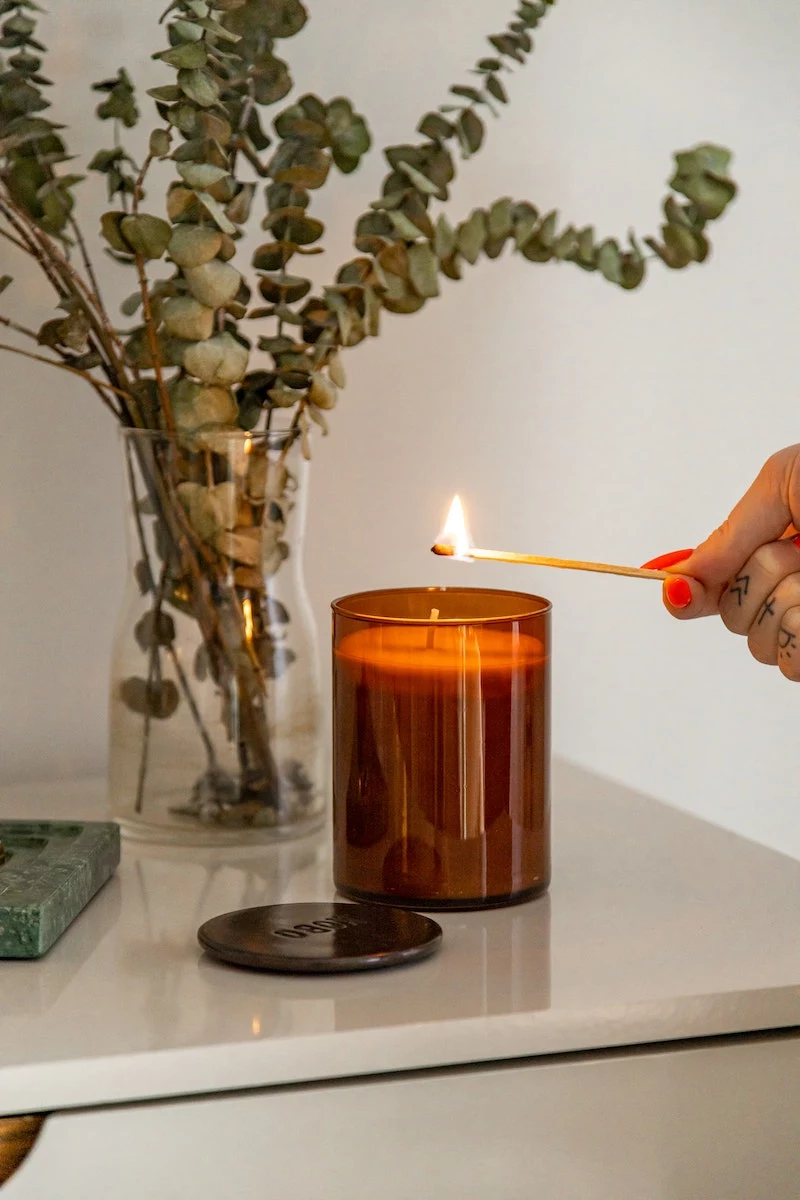
Building Your Sound Sanctuary
Hard surfaces are your enemy when it comes to sound. Bare walls, hardwood floors, and large windows act like mirrors, bouncing noise all around the room. The fix? Soften everything up.
An upholstered headboard is a great start, as it absorbs sound right behind your head. If you have hard floors, a big, plush area rug is essential—and don’t skip the quality rug pad underneath for extra absorption. Those heavy drapes we talked about for light? They’re also fantastic at muffling outside noise.
Now, about the door. Most interior doors are hollow, and they let a surprising amount of noise leak in from the rest of the house. Swapping it for a solid-core door is a game-changer. It’s an investment, probably $150-$400 plus installation, but the peace and quiet can be priceless.
Quick Tip: Can’t replace your door or you’re renting? No problem. A simple foam or fabric draft-stopper slid under the door can block a good amount of sound and light for under $20. For a more hardcore (but less pretty) solution, you can even hang a heavy moving blanket over the inside of the door at night.
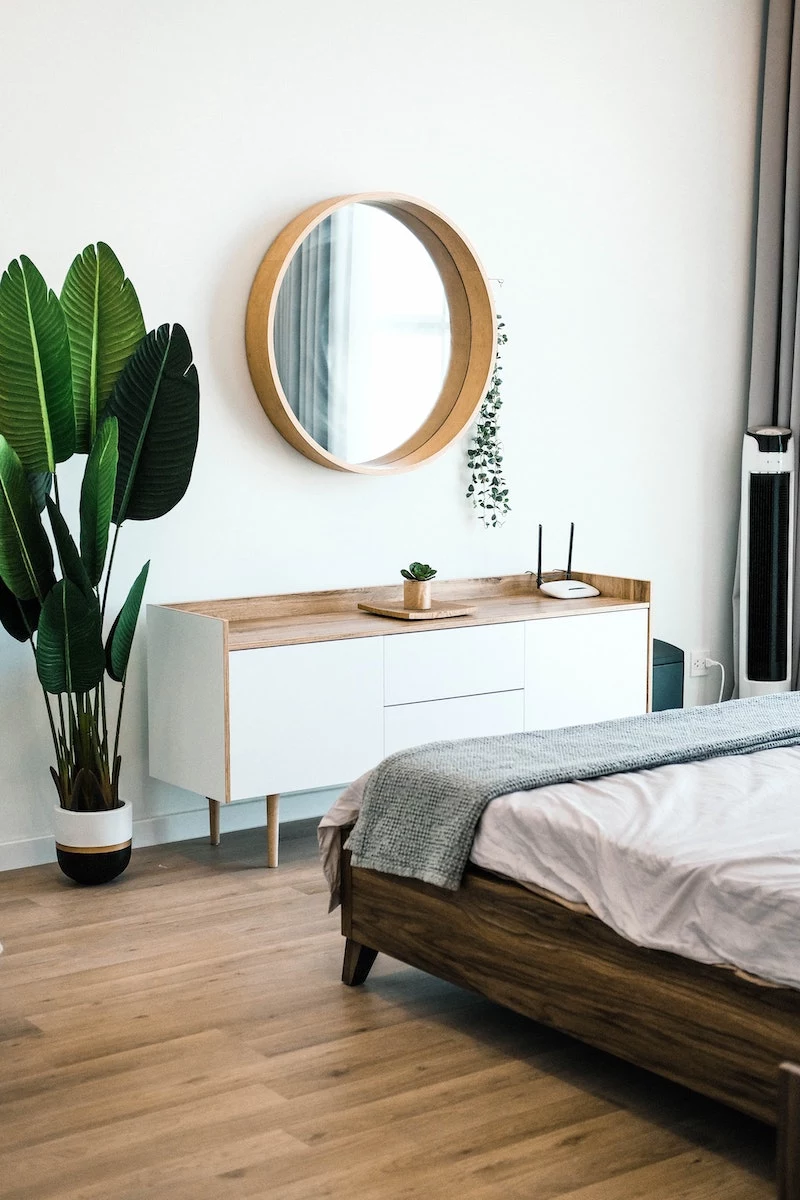
Finally, consider masking the noise you can’t block. A dedicated white noise machine is way better than a phone app, which can be interrupted by notifications. I recommend looking for a machine that also offers pink or brown noise. These have deeper, lower-frequency sounds that many people find more soothing than the higher-pitched hiss of traditional white noise.
The Invisible Factors: Air and Temperature
You can be in a dark, silent cave, but if you’re hot and the air is stale, you won’t sleep well. Let’s tackle the invisible stuff.
The easiest way to improve air quality is to crack a window, but that’s not always an option. If not, a good air purifier is a fantastic investment, especially for allergy sufferers. Look for one with a HEPA filter. A great rule of thumb is to match the CADR (Clean Air Delivery Rate) to your room size—the CADR number should be about two-thirds of your room’s square footage. For a 150 sq. ft. room, you’d want a CADR of at least 100.
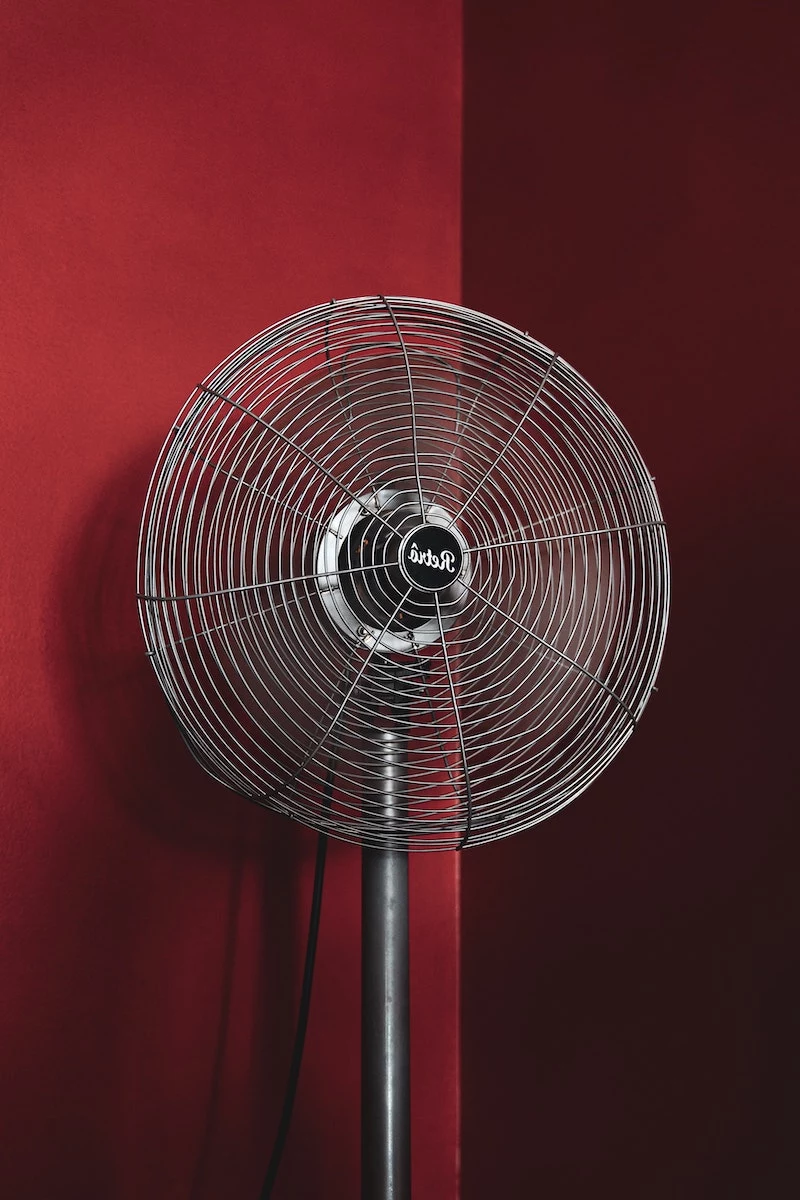
By the way, I always steer my clients away from purifiers that use ionizers, as some can produce ozone, which is a lung irritant. Stick to mechanical filtration. To give you a starting point, my go-to recommendation is often the Coway Airmega 200M, which is incredibly effective and quiet (around $230). If you’re on a tighter budget, the Levoit Core 300S is a solid choice for about $100.
The Missing Piece: The Psychology of Your Space
Remember that lawyer? His problem wasn’t just the light and sound; it was the fact that his bedroom was an extension of his office. Seeing those suits every morning and night was a constant, low-grade stress signal.
This brings us to the most overlooked principle: your bedroom needs strict boundaries. It should be a sanctuary reserved for two things: sleep and intimacy. That’s it.
This means no work. Don’t bring your laptop to bed to fire off a few last emails. Don’t have stressful conversations there. And please, deal with the clutter. That pile of clothes on the chair or the stack of unpaid bills on the dresser isn’t just messy; it’s a visual to-do list that keeps your brain from fully shutting down. Taking 10 minutes to tidy up before bed can have a surprisingly powerful impact on your mental state.
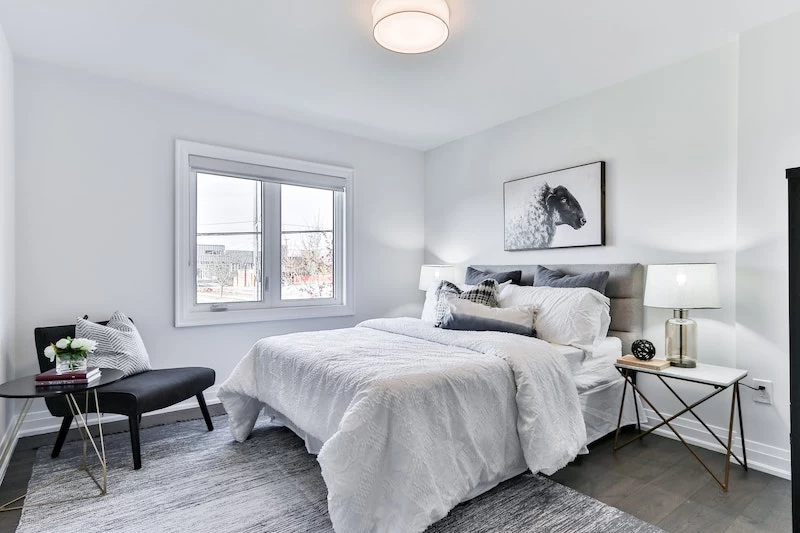
Creating a room that promotes deep sleep is a process of small, deliberate adjustments. Start with one thing—maybe taping over those LEDs tonight—and see how it feels. You don’t need a huge budget or a complete renovation, just a little intention to create a space that truly supports your rest.
Inspirational Gallery
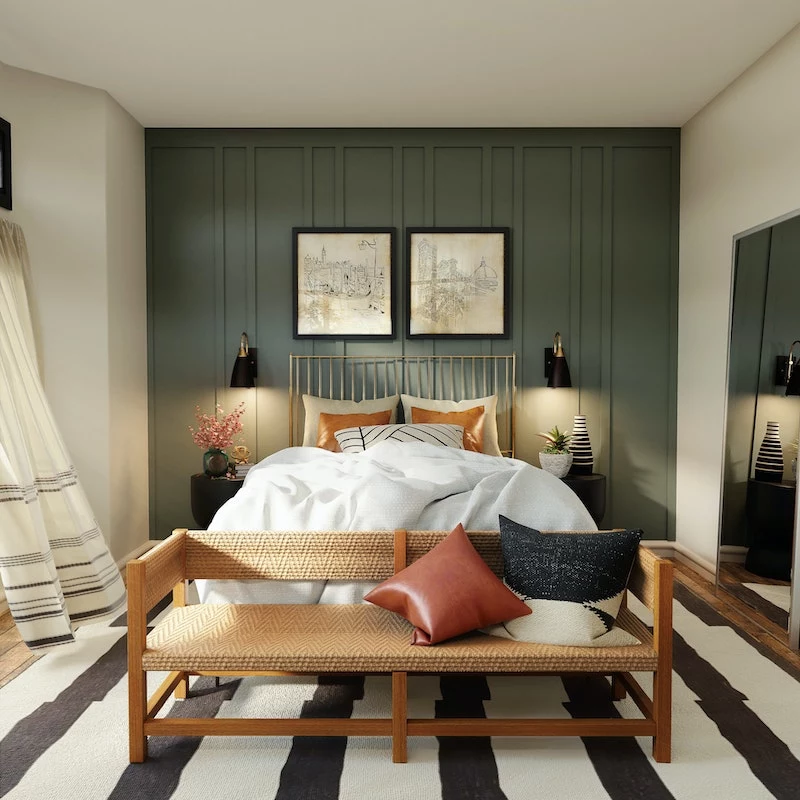
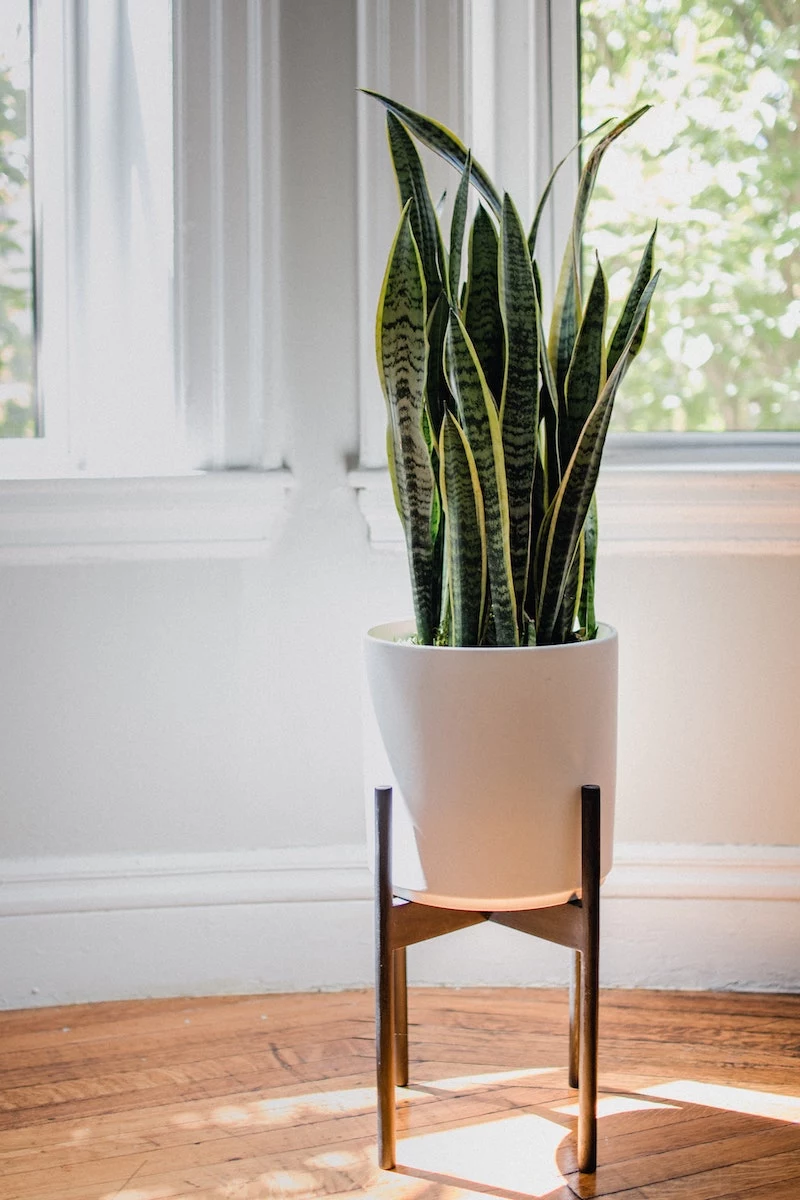
What if the secret to better sleep was in the air you breathe?
Beyond just opening a window, introducing specific plants can actively purify your bedroom’s air while you rest. The famous NASA Clean Air Study revealed that common houseplants are powerhouses at filtering out airborne volatile organic compounds (VOCs) released by furniture and paints. The Snake Plant (Sansevieria trifasciata) is a superstar for bedrooms because, unlike most plants, it converts CO2 into oxygen at night. For another indestructible and effective option, consider a Peace Lily, which also thrives in lower light and helps increase humidity, potentially easing respiratory issues.

Nearly 60% of people say that a quiet room is critical for a good night’s sleep, according to the National Sleep Foundation.
If city noise is your nemesis, think in layers. Your curtains are the first line of defense. A brand like Eclipse offers specialized thermal and sound-dampening blackout curtains that absorb far more noise than standard drapes. Pairing these with a plush, high-pile rug will help muffle echoes and footfalls from within and outside the room, creating a softer, quieter environment.
The 3-Texture Rule: To prevent a sleep-focused room from feeling sterile, engage the sense of touch. A truly calming space invites you in with varied textures.
- Start with a smooth, cool base like crisp percale sheets from a brand like Brooklinen.
- Layer on a chunky, soft knit throw for weight and warmth.
- Finish with a velvet or bouclé accent pillow for a touch of plush luxury.
This simple combination creates tactile interest that feels comforting and sophisticated without being visually overwhelming.

